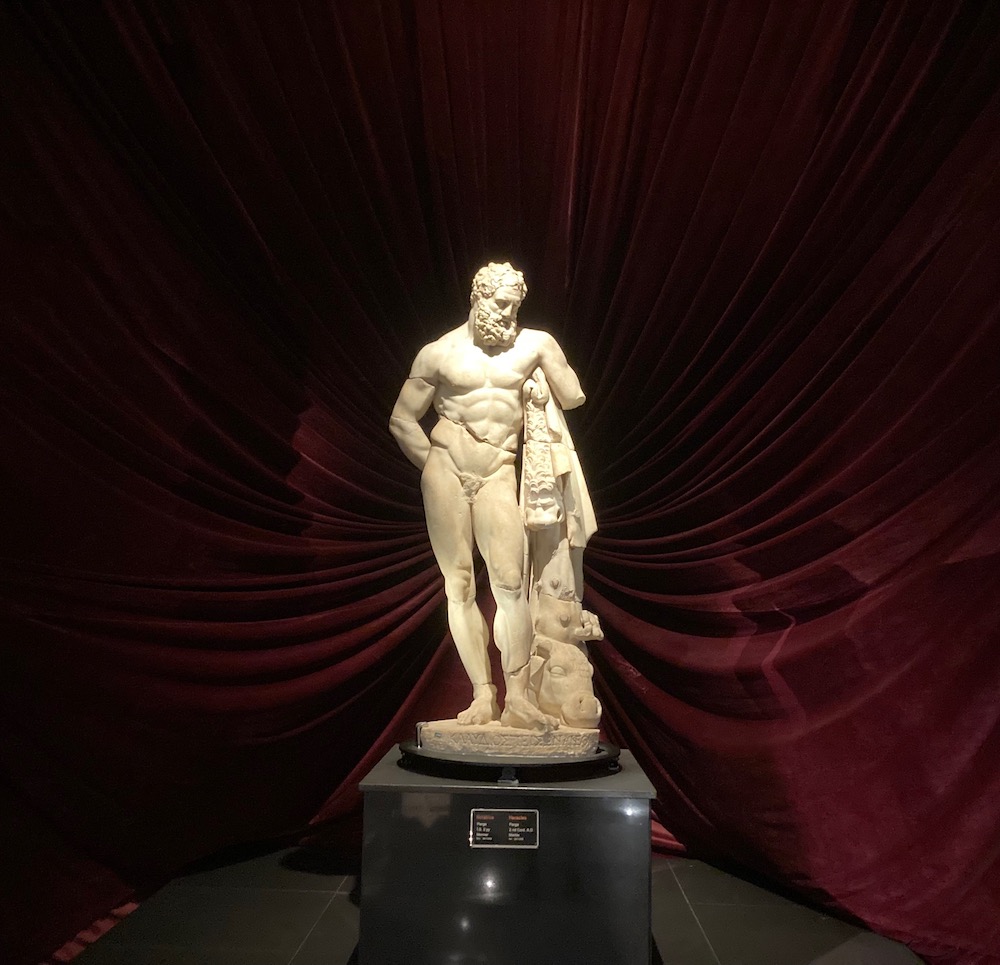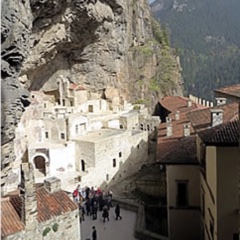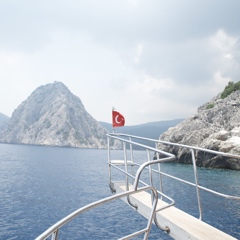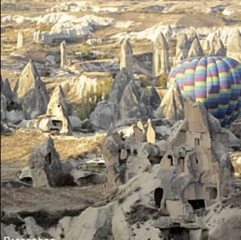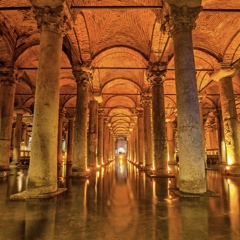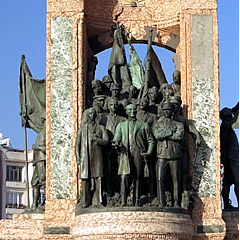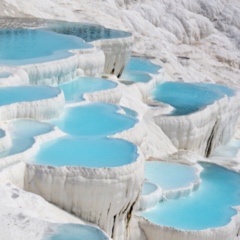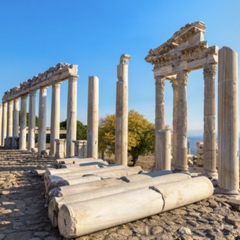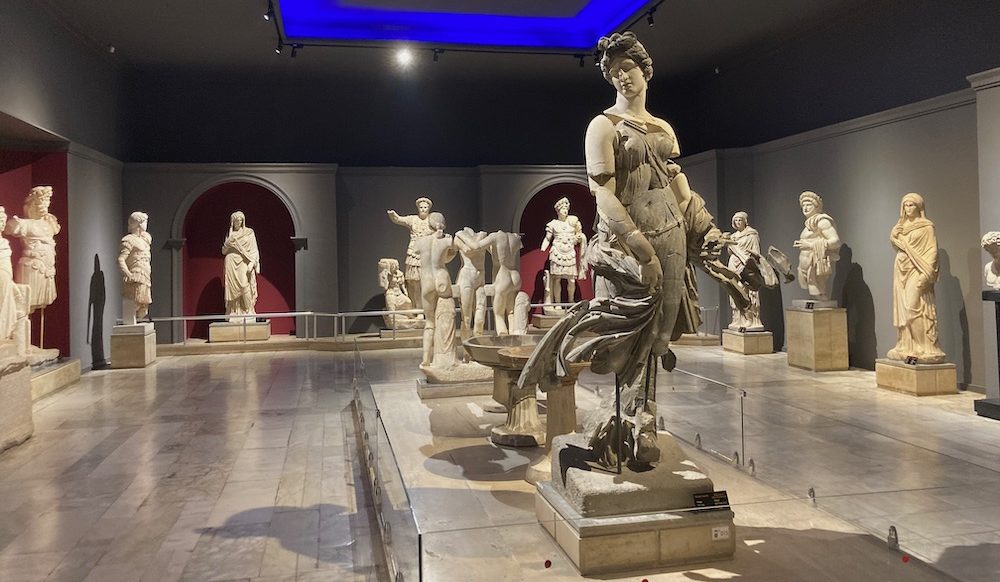
Antalya Archaeology Museum
The modern city of Antalya is encircled by stunning ancient cities and Roman ruins still leave a palpable taste to the flavor of this bustling tourist hotspot. One of the best attractions in Antalya is its wonderful archaeology museum which contains an outstanding collection of artifacts and marble statues found in the surrounding regions. Due to its location and collection of archaeological material, the Antalya Museum contains an assemblage which would rival any collection of Greco-Roman artifacts in the world.
Highlights of the museum include prehistoric finds from Karain Cave, halls of massive marble statues, mosaics, archaeological excavations presented in situ, beautifully carved sacrophagi, and examples of finds from all across the region. It features finds from the Stone Age, Bronze Age, Classical, Hellenistic, Roman, Byzantine, Seljuck Turkish, and Ottoman periods. In short, it is a chance to get glimpses of Turkey’s Mediterranean coastal region throughout the centuries.
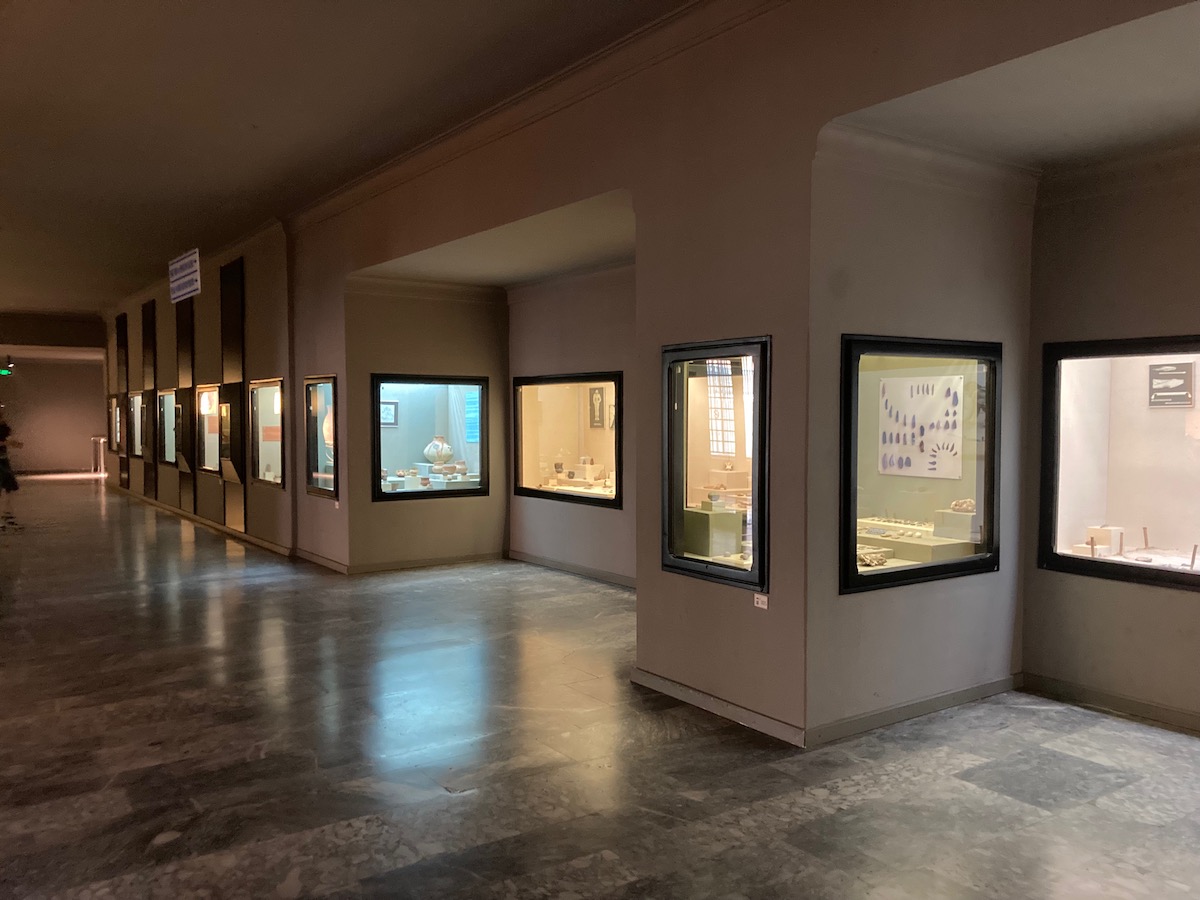
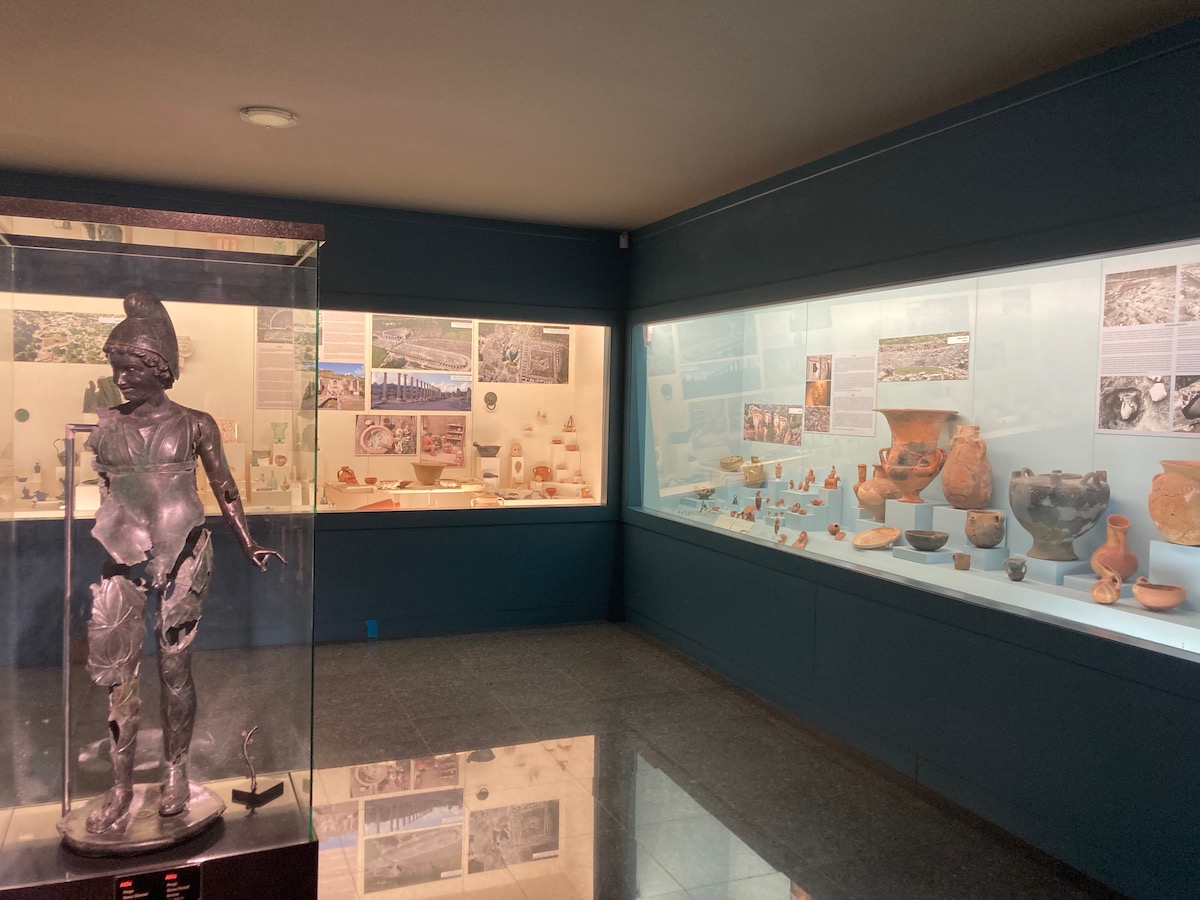
Visiting Information
There is an excellent audio guide available which will guide you through each step of the museum. I would highly recommend the audio as it greatly enhances your experience. The museum is open 8:30 AM to 8 PM every day of the week. The museum is also kid friendly with a room just near the entrance dedicated to children’s education. For updated admission price and more information, you can check the museum’s official website.
The Antalya Museum is located just off 100 Yıl Blv. on Konyaaltı Cd. The museum’s central location makes it easily accessible via either bus, tram, or taxi from any part of Antalya.
Overview
The Antalya Museum owes much to its founder Süleyman Fikri Bey Erten, a high school teacher who reacted to the seizure of ancient artifacts by occupying Italian forces during World War One. He commission himself as Officer of Antiquarian Traces by Antalya Processor and after assembling a collection of artifacts he established the first iteration of the museum in an old church in 1922.
The museum was eventually moved to its present building in 1972 and was awarded “Museum of the Year” by the European Council in 1988. It currently has 14 exhibition halls as well as outdoor garden exhibits.
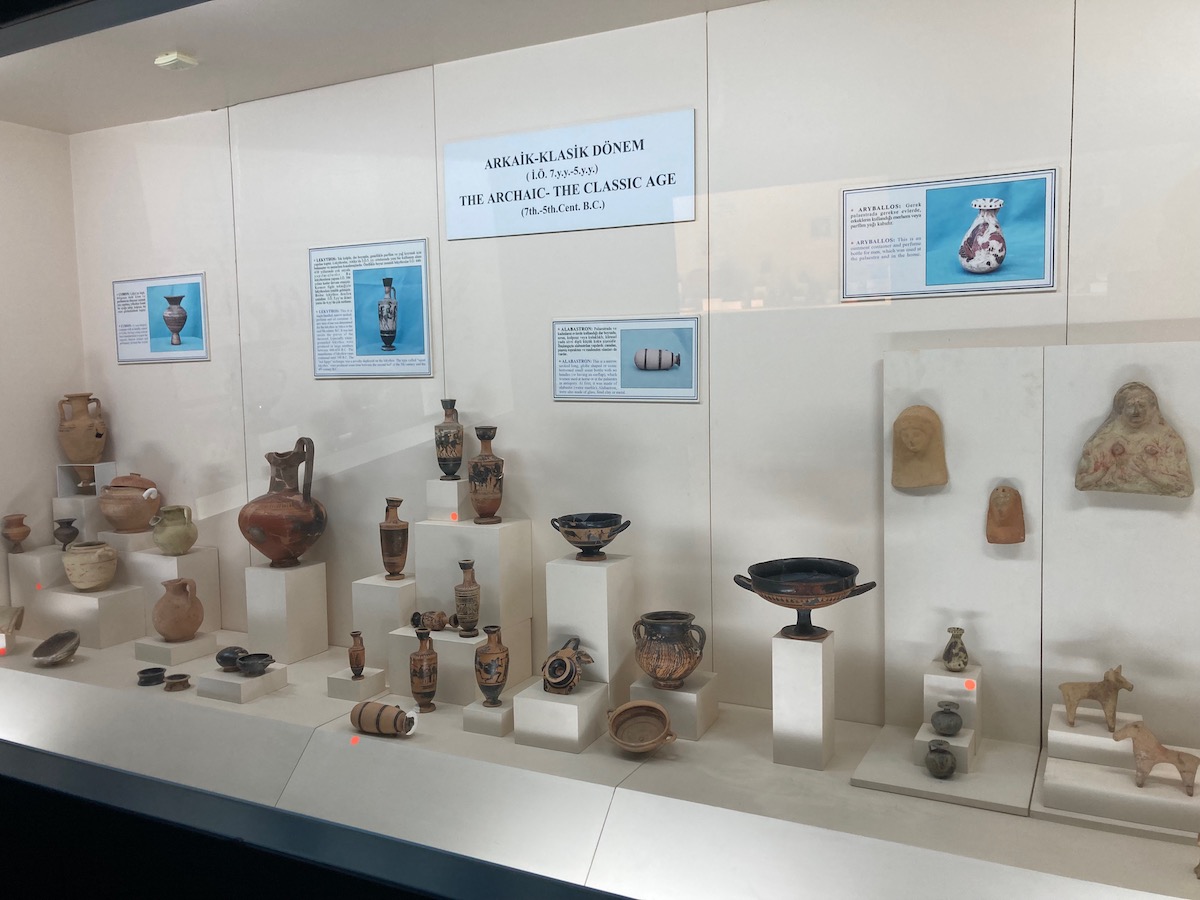
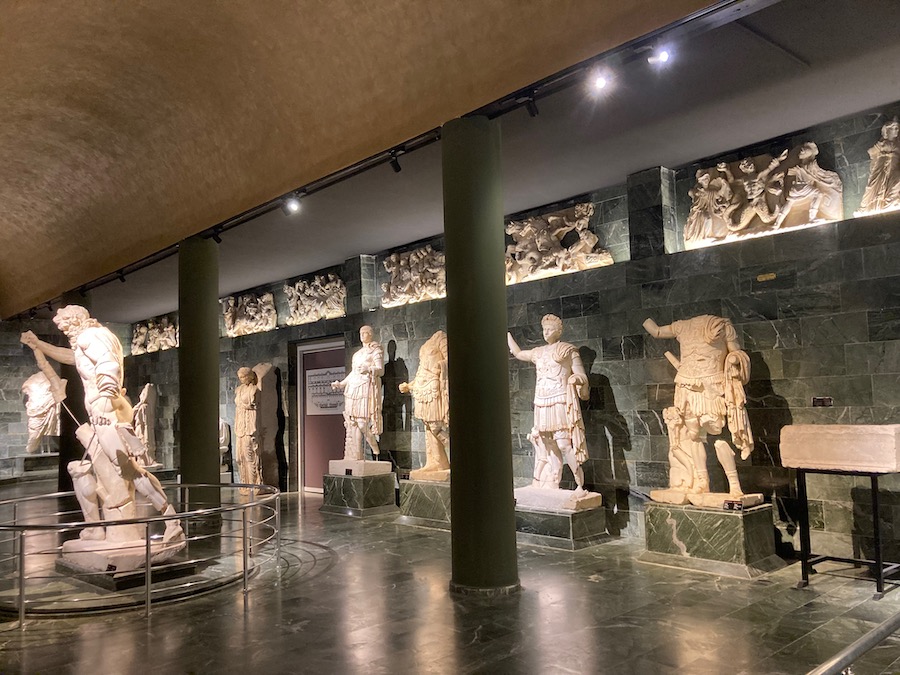
Main features and halls:
- Hall of Natural History and Prehistory: The first large room you will enter features fossils and prehistoric finds. There are several notable finds from Karain Cave displayed including the skull fragment from an early human (in the hall of regional excavations). They also have a presentation of a Bronze Age burial just as it would have looked when excavated!
- Hall of Ceramics: An extensive collection of ceramics from the Classical, Hellenistic, and Roman periods is on display. You are able to see the progression of different techniques and styles.
- Hall of Regional Excavations: Includes finds from Karain Cave and Perge as well as multiple other university and rescue excavations. The room includes bronze, gold, and silver finds as well as all kinds of jewlery and material culture items.
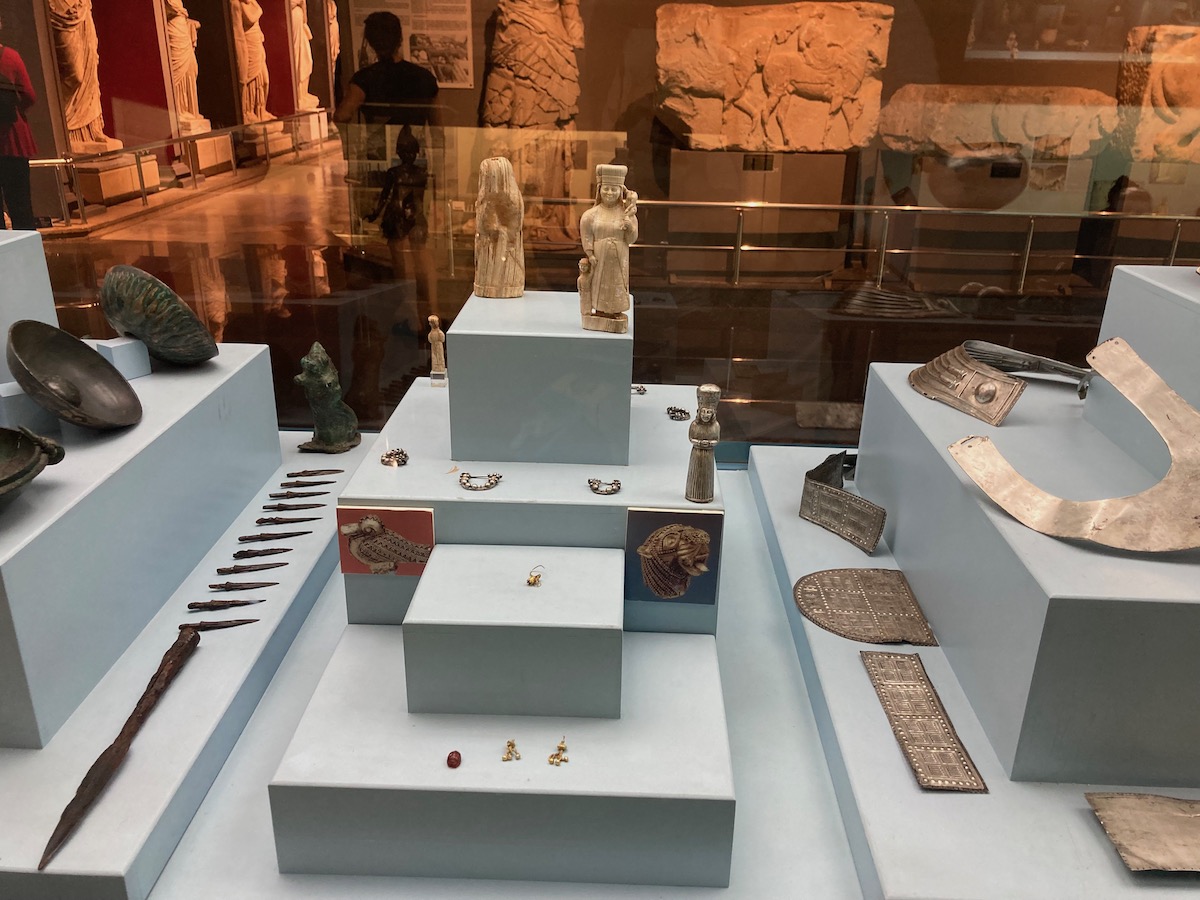
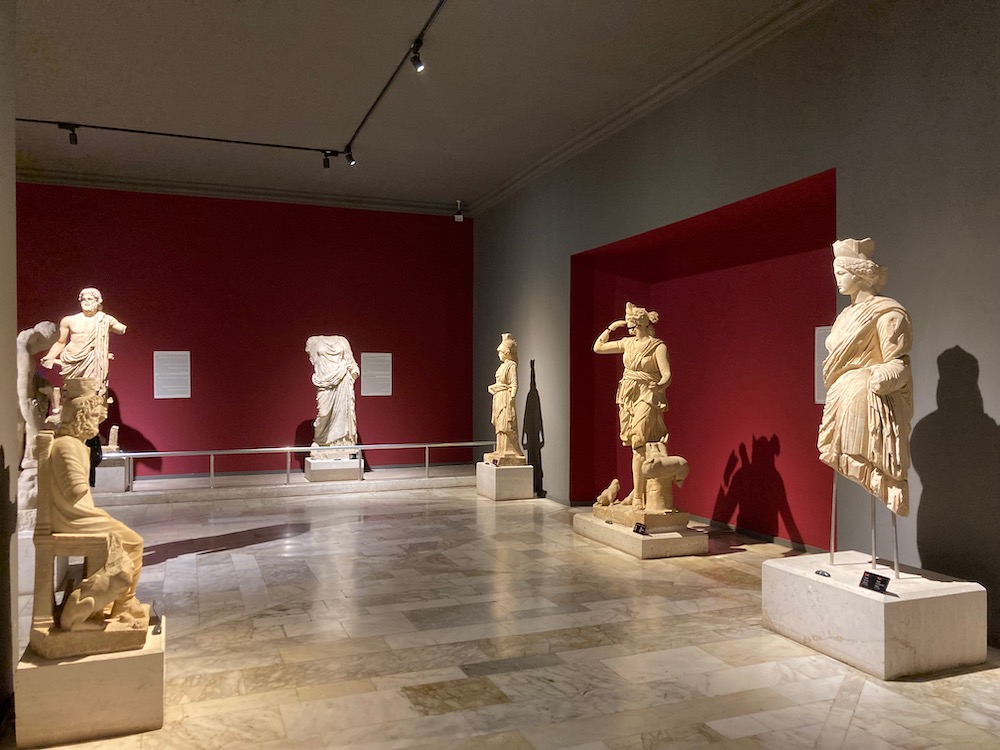
- Statue Halls: A large portion of the museum is dedicated to housing their impressive assemblage of statuary which is as extensive and beautiful as any in the world. Included are unique portrayals of Emperors and Empresses, multiple sculptures of the gods, a long line of busts, as well as mosaics. One of most exquisite statues is that of the Dancing Lady found at Perge which captures the elegant movements of a woman in mid-dance with a flowing dress.
- Gallery of the Perge Theater: This beautiful hall was wonderfully curated room includes sculptures and friezes which would have adorned the massive theater at Perge. It also includes a monumental statue of Alexander the Great.
- Gallery of Sarcophagi: Containing some of the most intricately carved pieces in the museum, collection of ornate sarcophagi is stunning. Many ancient wealthy individuals wanted to be buried in style and the panels of their tombs are stunning works of art. The Antalya Museum has also been successful at recovering several of these sarcophagi from the black market and restored them to their proper place in Turkey. Also presented beneath glass are Underground Chamber Tombs left untouched for museum visitors to view just as the original archaeologists would have! Finally, one of the finest pieces of the museum is Weary Hercules who’s lower half was uncovered at Perge. The upper half was then found at the Museum of Fine Arts in Boston and was returned to Turkey in 2011. It has now be restored and is on display.
- Hall of Coins and Small Artifacts: Upstairs is a hall which contains multiple other small finds and icons. There is an extensive collection of coins from all across the region.
After visiting the museum, you may want to take an adventure out to some of these archaeological sites which were featured! Perge, Aspendos, Sillyon, Termessos, and Karain Cave are all within about an hour’s drive of Antalya’s city center. You can also make an adventure out of tracking down the incredible hiking trails which run along multiple Roman roads in the region.
— by Caleb Bowman
